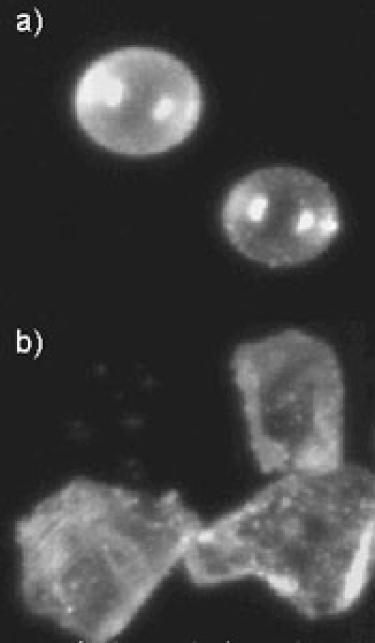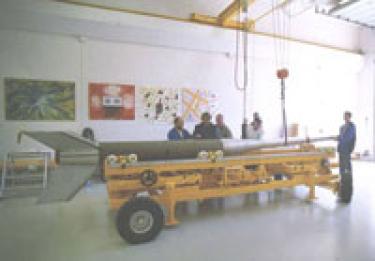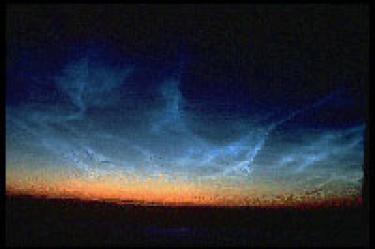Research Topics
Large Area Mass Analyzer
Zoltan Sternovsky and Scott Robertson

Figure 1: Section view of the LAMA instrument
Recently, we have been interested in the possibility of the detection and composition analysis of interstellar dust particles. As these dust particles come from outside of the solar system, by determining their chemical composition, we may obtain important information about the formation of the solar system and/or the origin of the Universe. An initial laboratory model of a possible satellite flight instrument is under development in cooperation with the Laboratory for Atmospheric and Space Physics. The operation principle of the instrument is the following. The dust particle with a high velocity (~ 50 km/s) impact the instrument, upon this impact the dust particle is completely evaporated and ionized. These ions are then projected to an ion detector. In this time-of-flight type instrument, the ions of different masses are arriving to the detector at different times allowing thus the determination of the ion mass spectra. A significant task in this project is to find a sophisticated electrostatic potential field that will focus the ions onto the detector. The instrument, including the electronics, is designed in our laboratory where it will be also built, tested and calibrated. Upon successful completion of the project we will propose to turn our design into a satellite flight instrument.
Dusty Plasmas
Scott Robertson and Zoltan Sternovsky

Figure 2: Photomicrographs of (a) glass microballoons and (b) Minnesota Lunar Simulant (MLS-1), a simulated lunar soil.
Surfaces of airless moons and asteroids are covered with a dusty regolith that is charged by the electrons and ions of the solar wind and by the photoelectric effect. There is observational evidence from satellites that the regolith particles are levitated and transported by electric fields and deposited in low-lying regions. The smaller particles may be accelerated to escape velocity. We have investigated these effects in the laboratory by placing dusty surfaces beneath plasma and in UV radiation. Simulated lunar and Mars dusts have been used as well as lunar dust returned by the Apollo 17 mission. CCD images have been made of levitated particles and of the spreading of dust layers. Modeling of dust charging and of the forces on the dust particles predict the sizes of particles that can be transported. Experiments have also been done with simulated Mars regolith. These experiments provide a basis for interpretation of data from robotic space missions and will help in planning future missions to the moon, Mars, a comet or an asteroid. Instruments are being developed for a return mission to the moon that will probe the plasma and dust environment at the lunar surface.
Laboratory Plasmas
Scott Robertson and Zoltan Sternovksy
In order to understand our dusty plasmas, we have needed to develop better diagnostic tools for low temperature laboratory plasmas. The standard diagnostic tool is the wire probe developed by Langmuir. Careful analysis of the plots of current versus voltage shows two significant deviations of the data from the standard theoretical models. The first of these is an excess ion current arising from ion collisions near the probe. In collaboration with scientists at the Naval Research Laboratory, we developed a theoretical model for the ion current and showed that it explained a large discrepancy between theory and experiment for the ion part of the probe current. Another discrepancy is caused by a population of electrons created by secondary emission from the wall. A theory with two electron populations and with ion collisions fits the data to within a few percent, gives densities and temperatures for the two electron populations, and allows electron and ion densities to be compared as a check for consistency. With the improved data analysis, it is possible to begin modeling the flow of energy between the two electron populations and to make a predictive model for electron temperature.
Charged Aerosol Particles in the Ionosphere
Scott Robertson and Zoltan Sternovsky

Figure 3: Attaching the payload to the rocket motor.
There are layers of charged aerosol particles present in the mesospheric region of the atmosphere. These particles can be of meteoric origin or can form by nucleation of water vapor (noctilucent clouds). These clouds occur in the summertime, when low temperatures are reached near the mesopause at around 85 km altitude. The distribution of these particles, their relationship to climate, and their effect on charge balance is just beginning to be understood.

Figure 4: This image depicts a photograph of these Noctilucent clouds.
We are developing a series of rocket-borne probes to detect the charged aerosol particles, measuring their number density and size distribution, and the variation of these quantities with altitude. Several or our probes have been successfully launched in the past few years as a part of international campaigns from the Andoya rocket range in Norway and from Esrange in Sweden. A more sophisticated detector system has been developed in our laboratory that will allow a better measurement of the aerosol particles’ size distribution. This new instrument is proposed to be launched in the summer of 2007.

